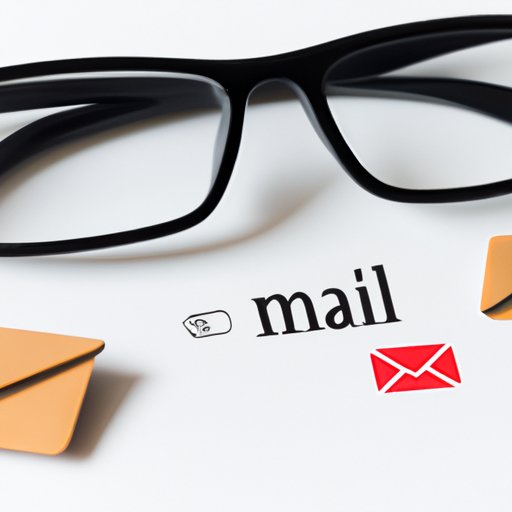
Introduction
Communicating professionally via email has become a key aspect of modern business communication. However, many people struggle with how to end these emails effectively. Ending an email correctly is essential to create a lasting impression, maintain a professional tone, and show respect to the recipient. In this article, we will provide you with guidance on how to end a professional email with the appropriate tone, style and impact.
Use a Formal Sign-off
In a formal setting, it’s essential to use a formal sign-off. Classic sign-offs such as “Sincerely,” “Regards,” or “Yours truly,” are common examples which lend a level of respect and professionalism. These type of sign-offs are suitable for all types of business communication, irrespective of whether it’s a first-time introduction or a long-standing relationship. Using a proper sign-off serves as an indication that you are a professional who takes communication seriously.
Reflect on Your Relationship with the Recipient
In the case of personal relationships or informal settings, some other sign-offs can be a better fit. By utilizing a warmer, more personalized sign-off such as “Warmly,” “Cheers,” or “Take care,” you can express your personality and connect with your recipient on a more personal level.
Recap the Purpose of the Email
Another way to end your email is by summarizing the original goal or the purpose of the entire email. Using sign-offs such as “Looking forward to hearing from you” or “Thank you for your time and attention” makes it clear that you value the recipient’s time and encourage them to respond if necessary. These sign-offs are ideal for maintaining the flow of communication in a professional manner.
Use a Call-to-Action
If the email has a specific objective, giving a final push to get results may be appropriate, and using a call-to-action (CTA) sign-off is an excellent way to motivate the recipient. Sign-offs like “Please let me know your thoughts” or “I look forward to hearing from you” will make the recipient feel that they have been invited to participate in the process and can prompt them to take action more quickly and effectively.
Tailor the Sign-off to the Email
When ending an email, matching the tone and purpose of the email is essential, so a tailored sign-off may be appropriate. Sign-offs like “Apologies once again” or “Attached as requested,” are suitable for apologies and attachments, respectively. This approach indicates that you understand the request or apologize appropriately for any misunderstandings that may have occurred, maintaining professionalism throughout the communication.
Conclusion
The conclusion of an email is as important as the body, and ending on a positive note is critical. By following the guidelines outlined in this article, you can end your email with impact, ensuring that you have maintained professionalism throughout, shown respect to the intended recipient, and communicate in the manner appropriate for the purpose of the email.
Remember that how you close your email is one of your last opportunities to leave an excellent impression of yourself. In today’s fast-paced business environment, mastering the art of ending a professional email can make all the difference.





